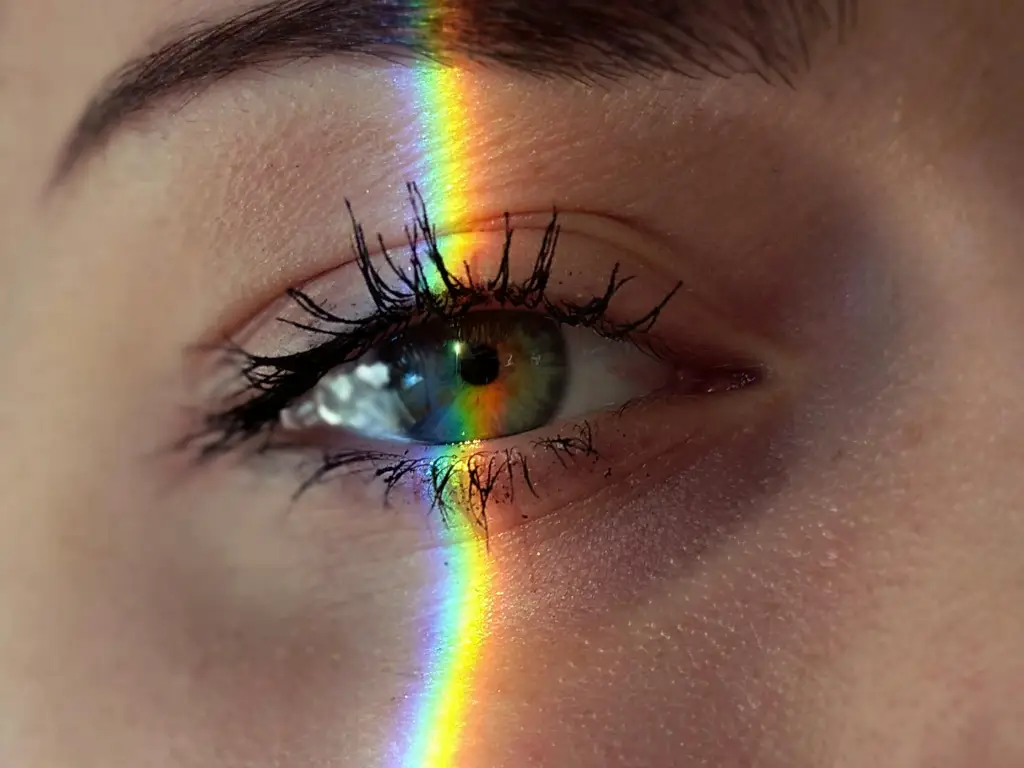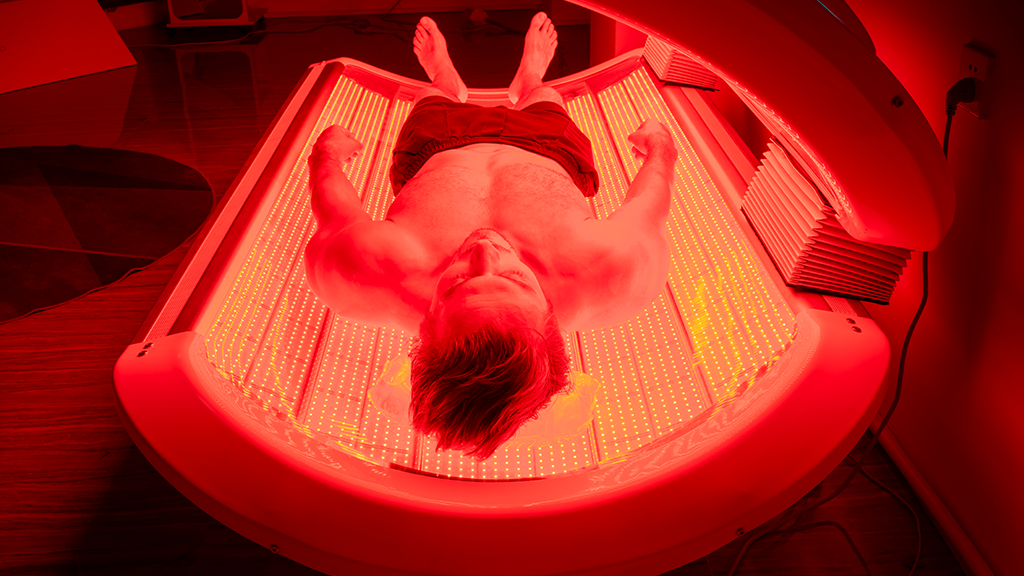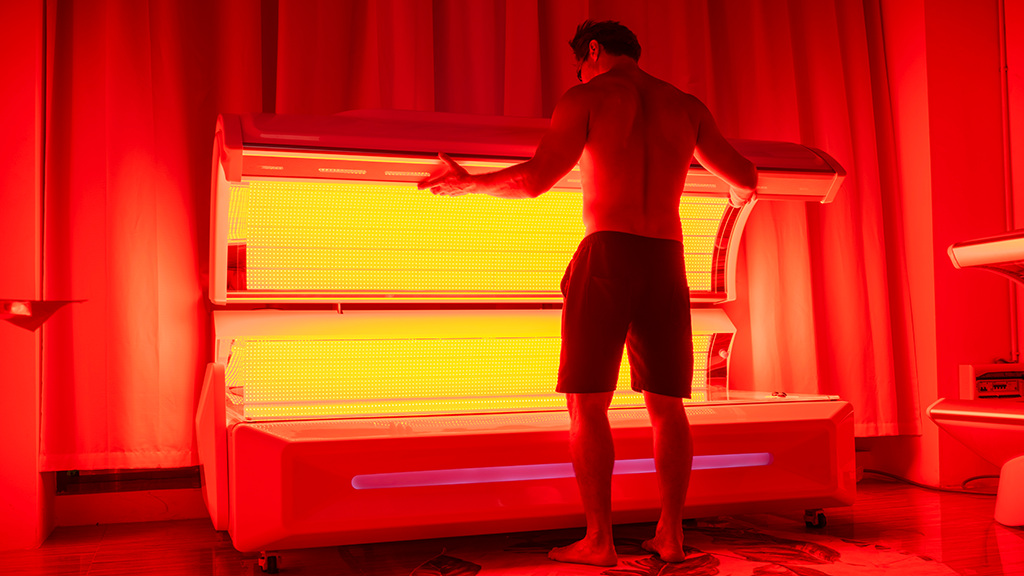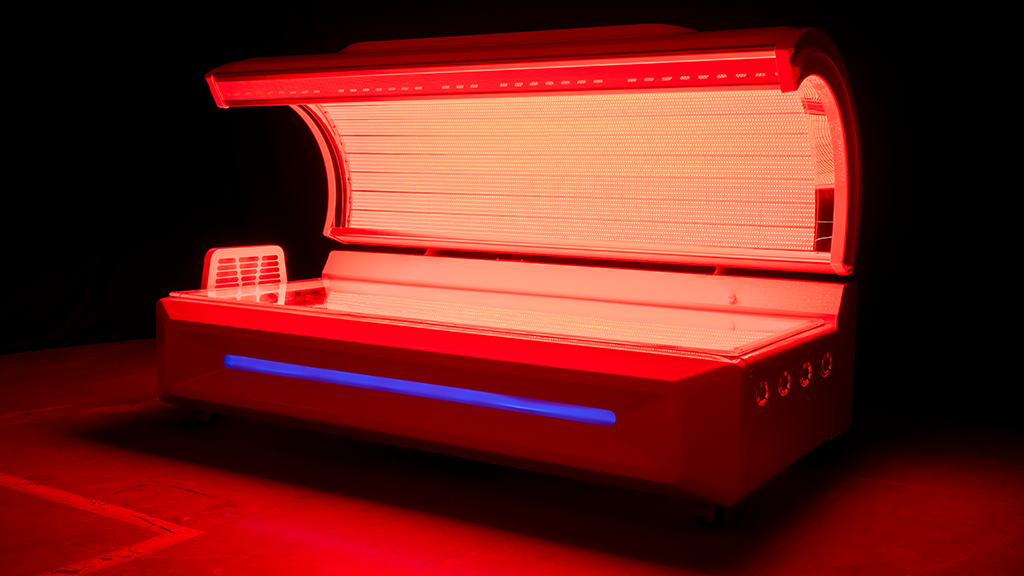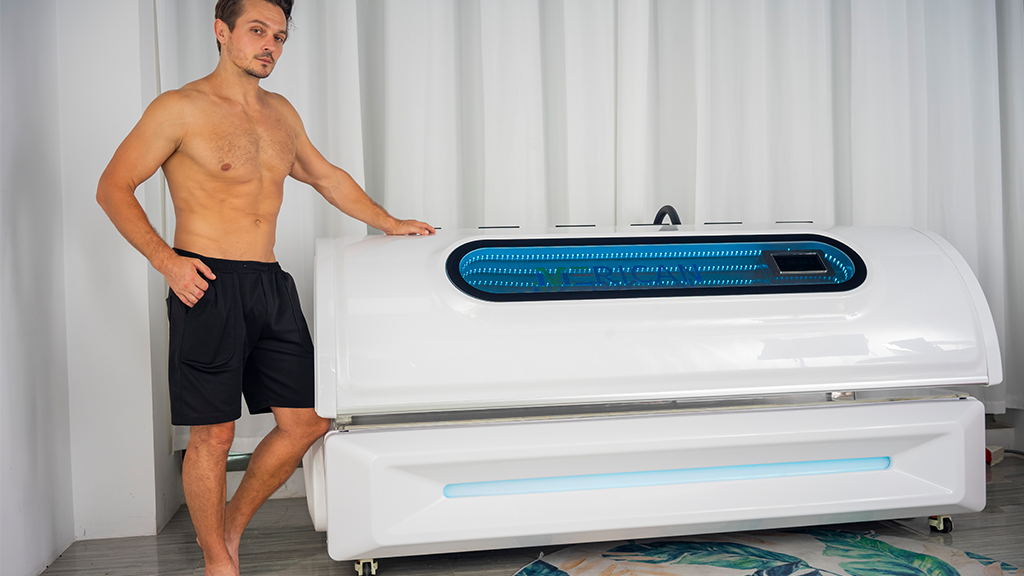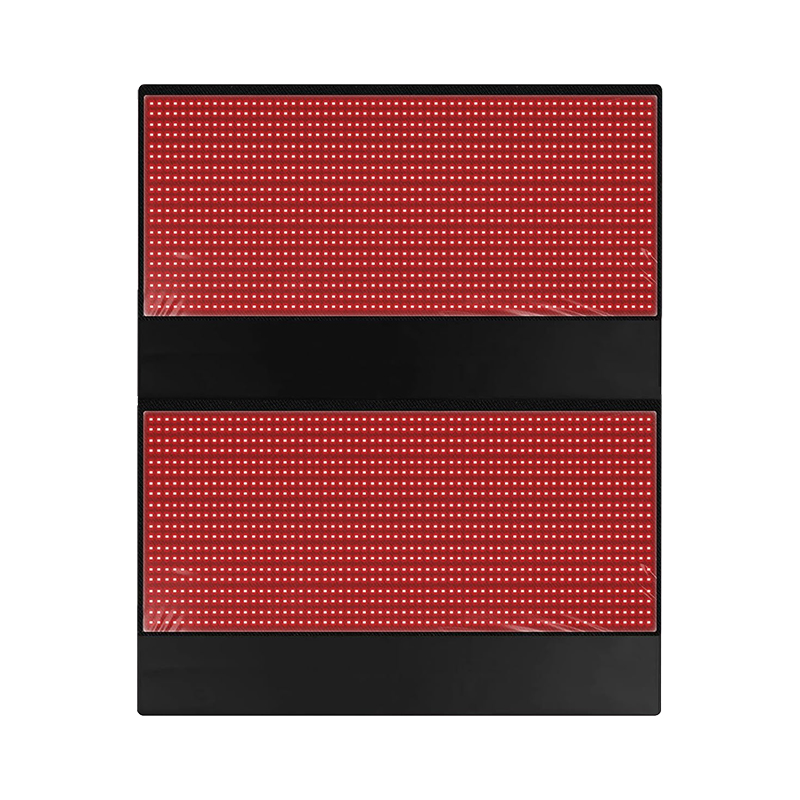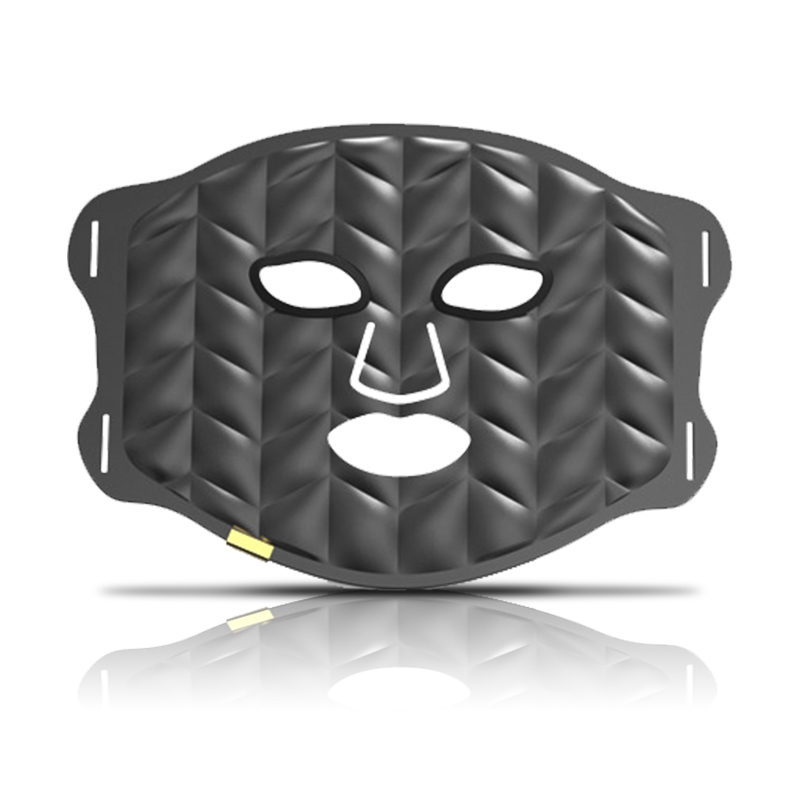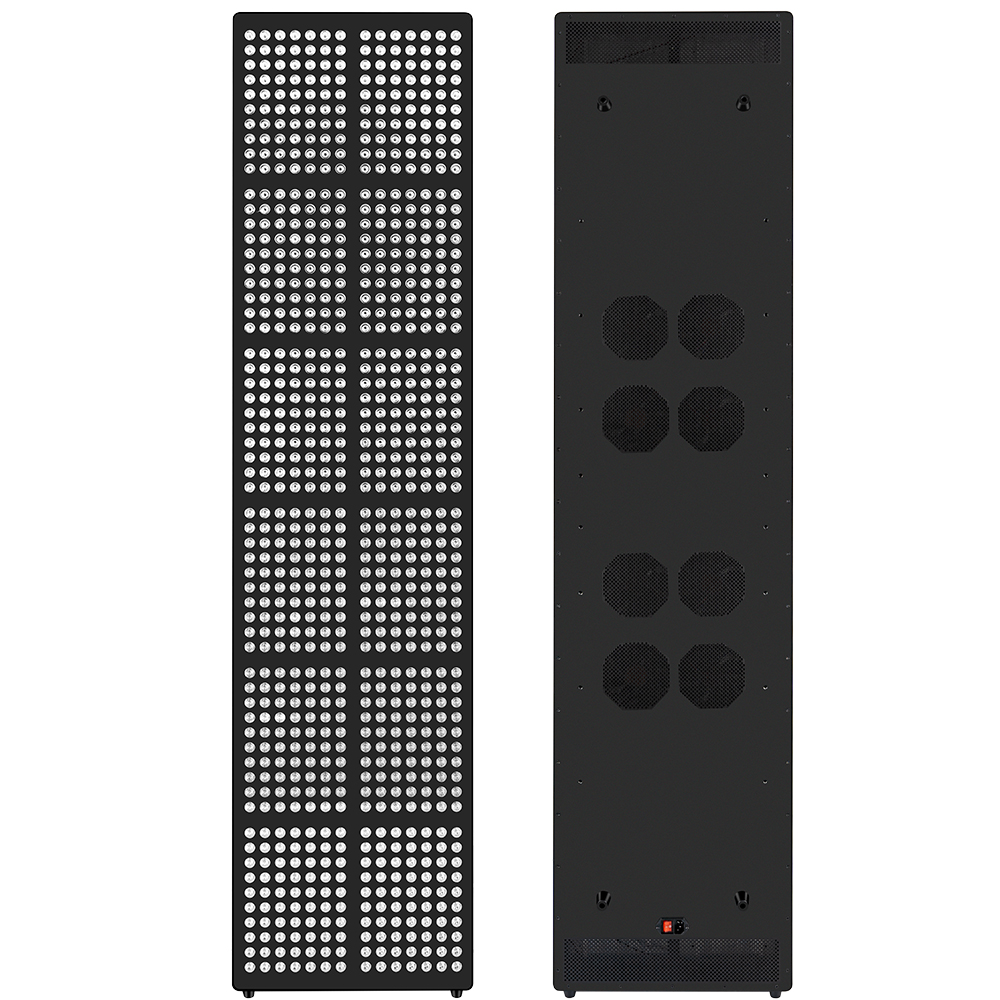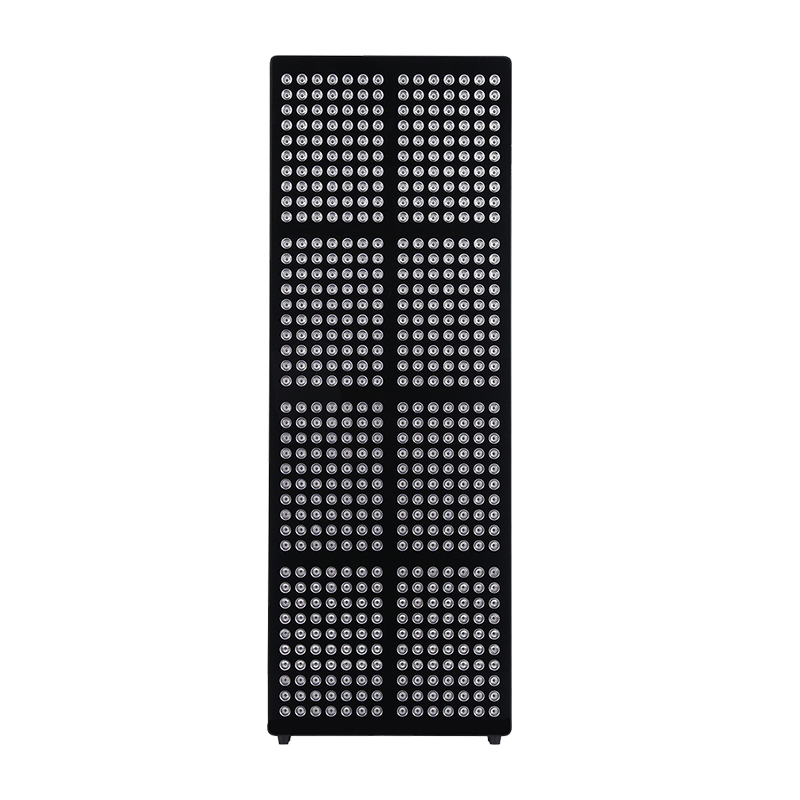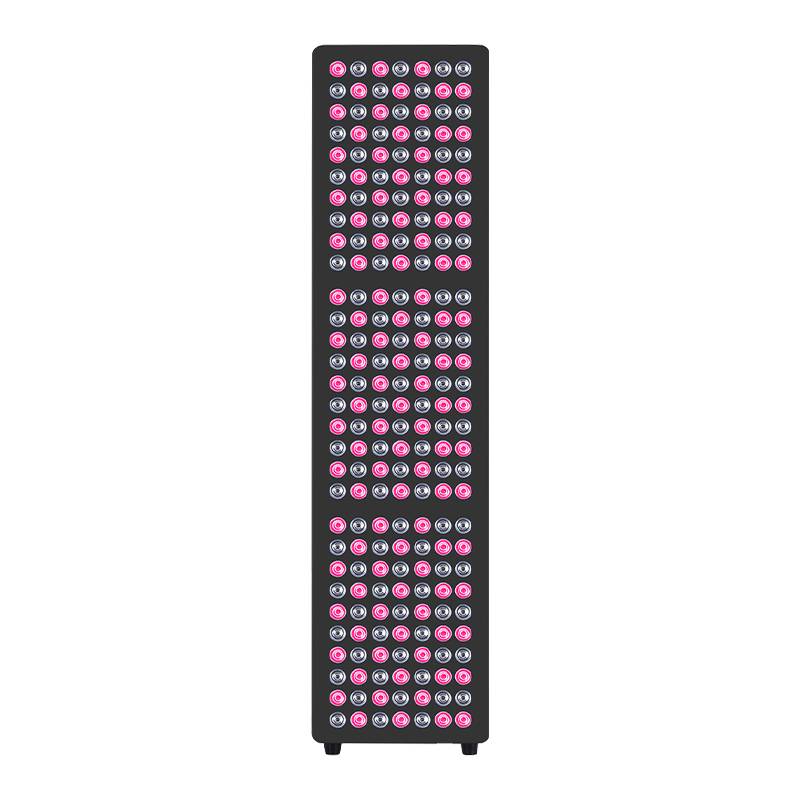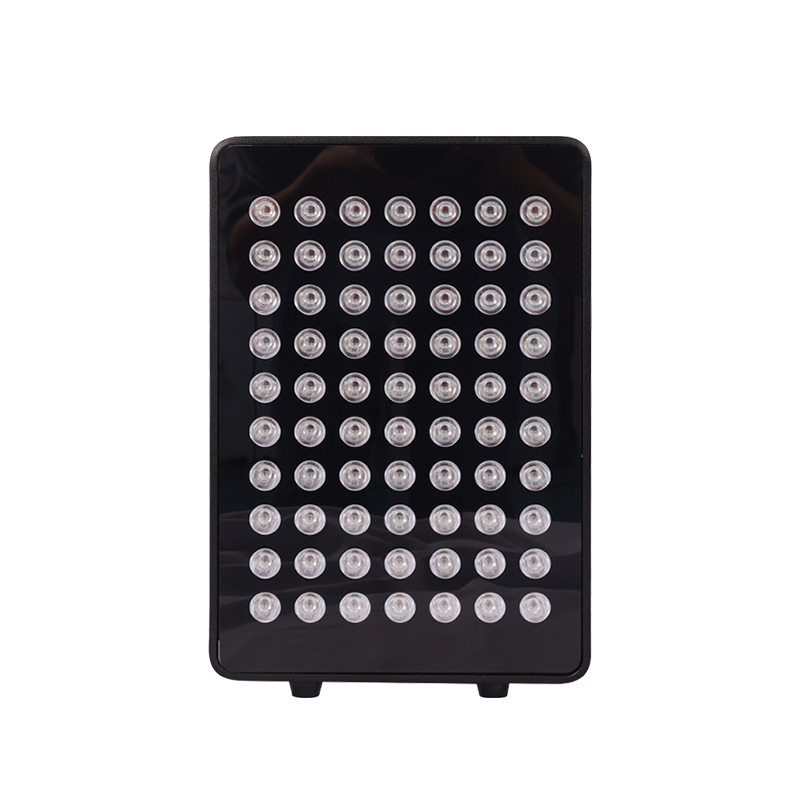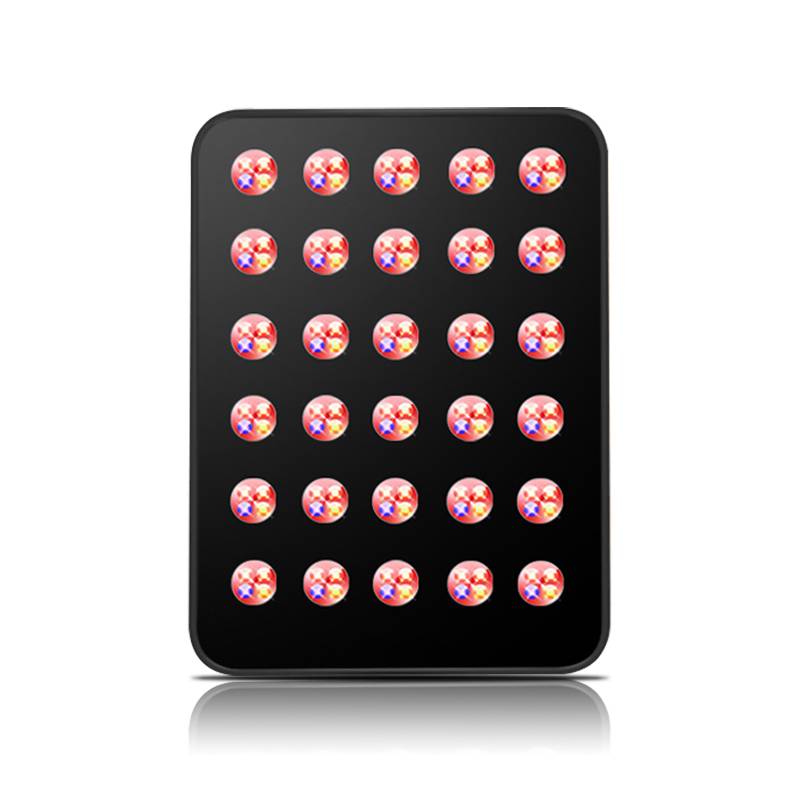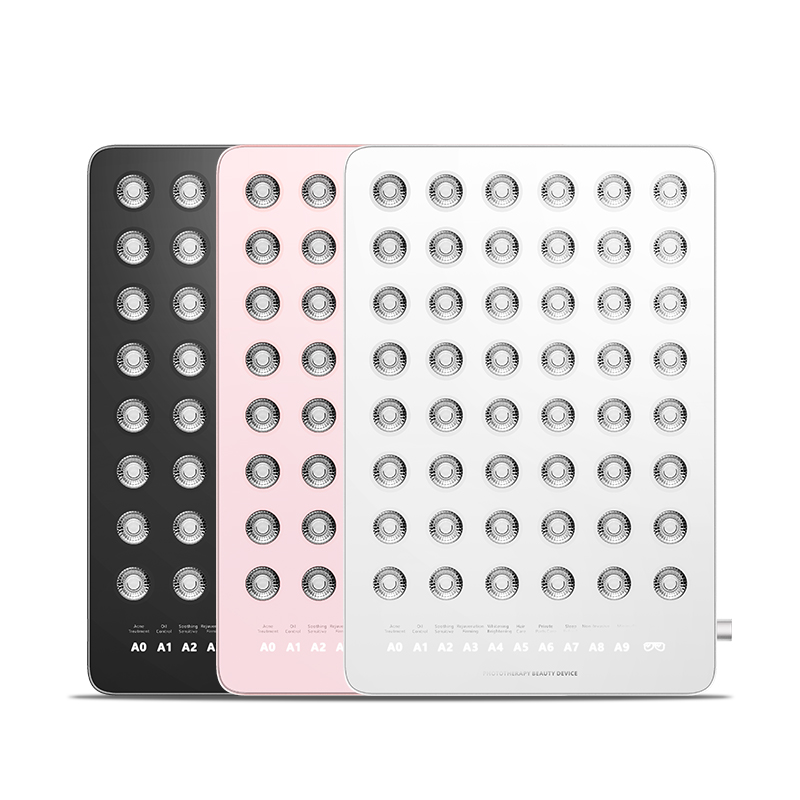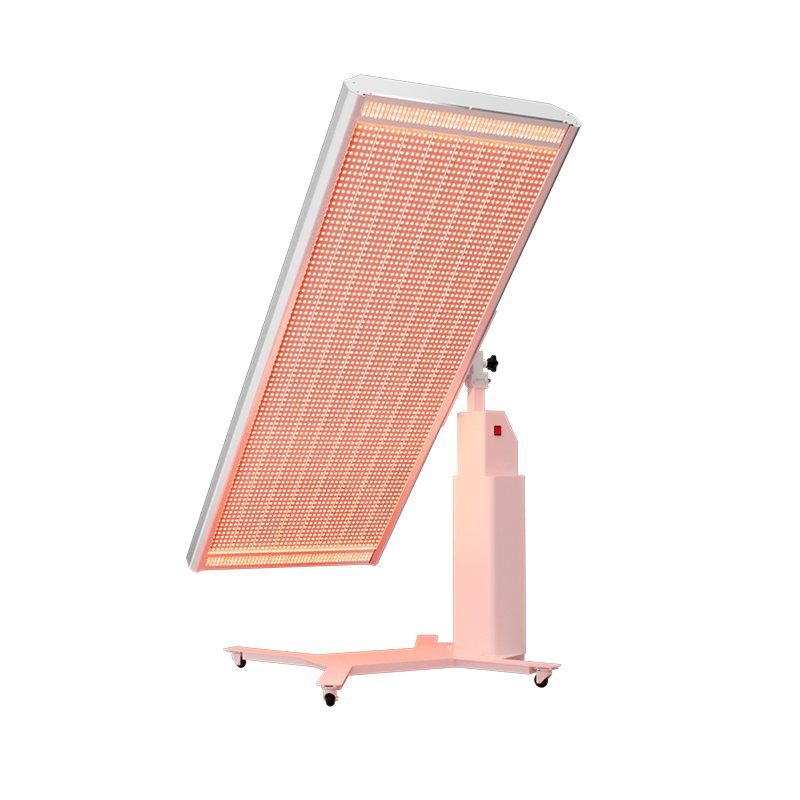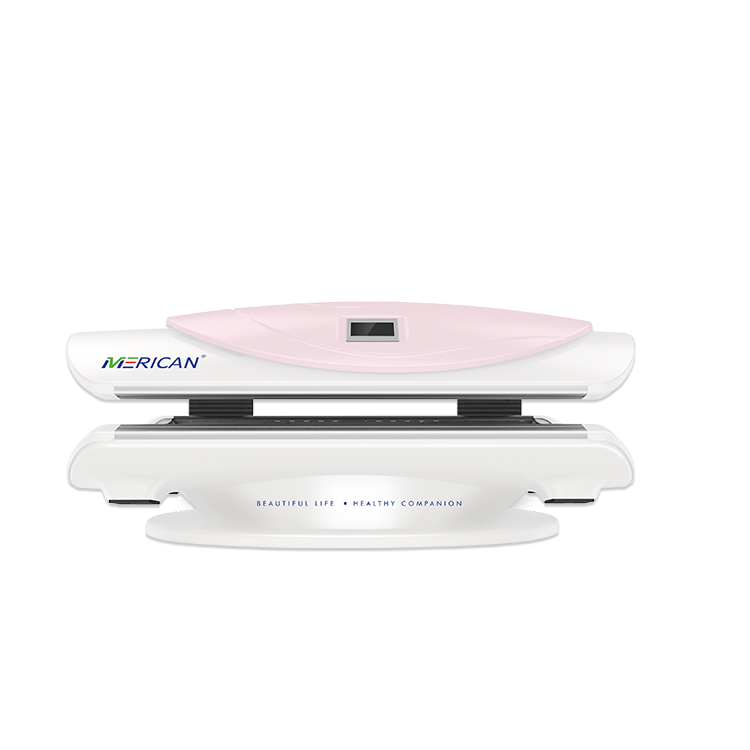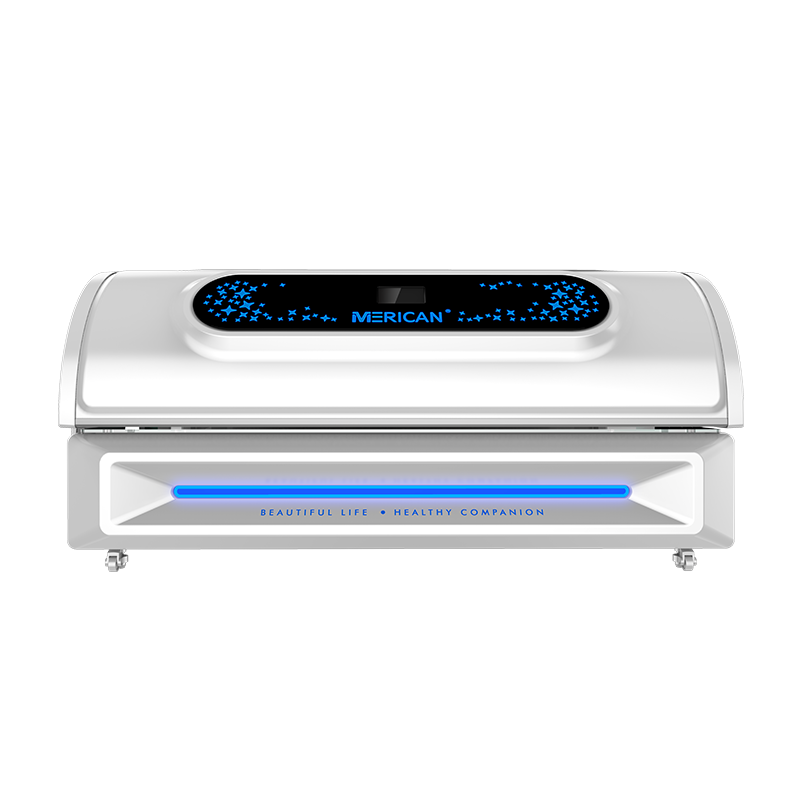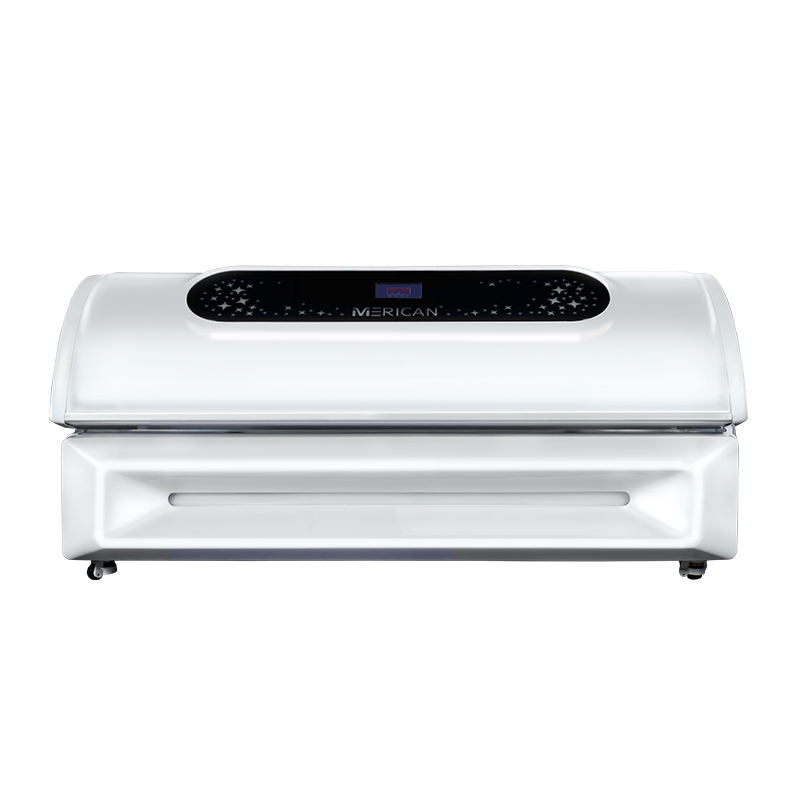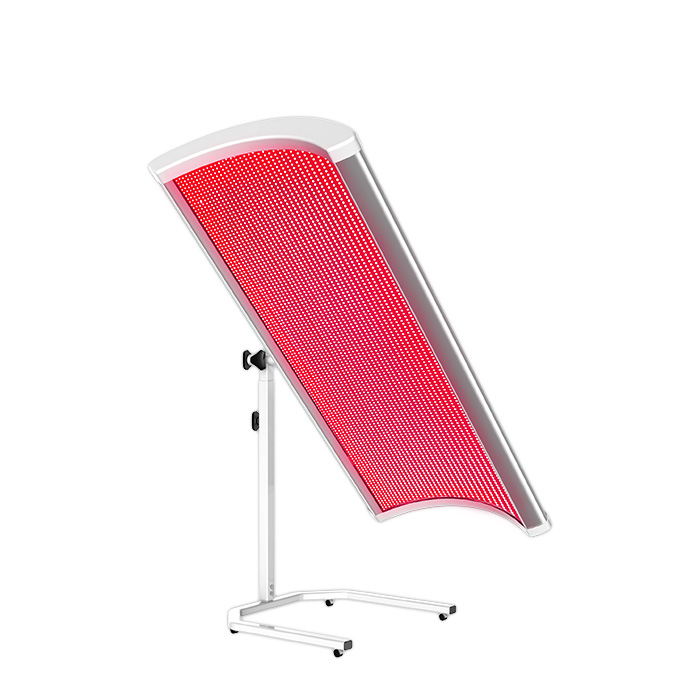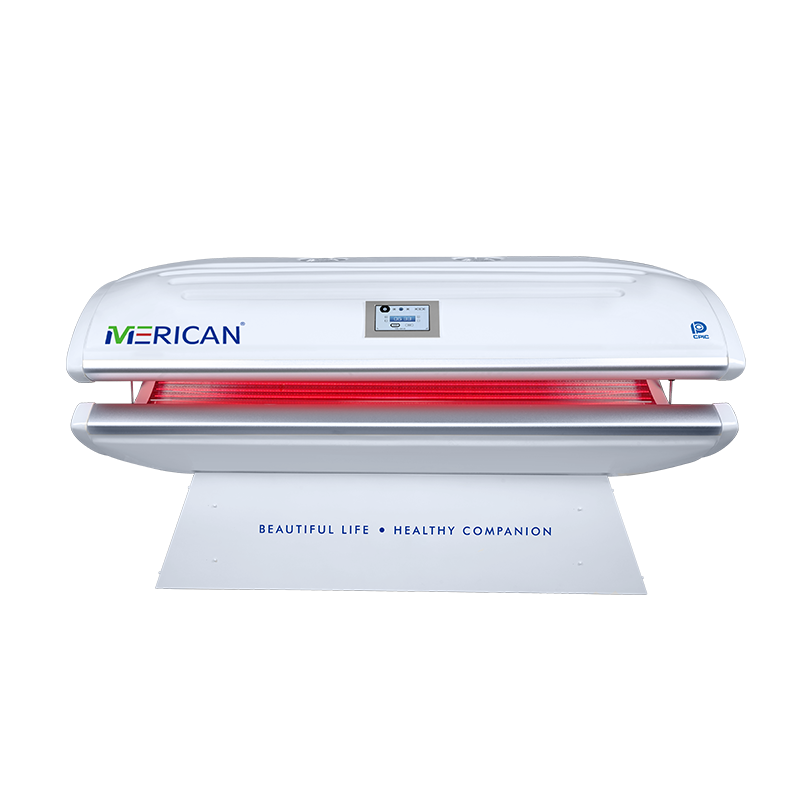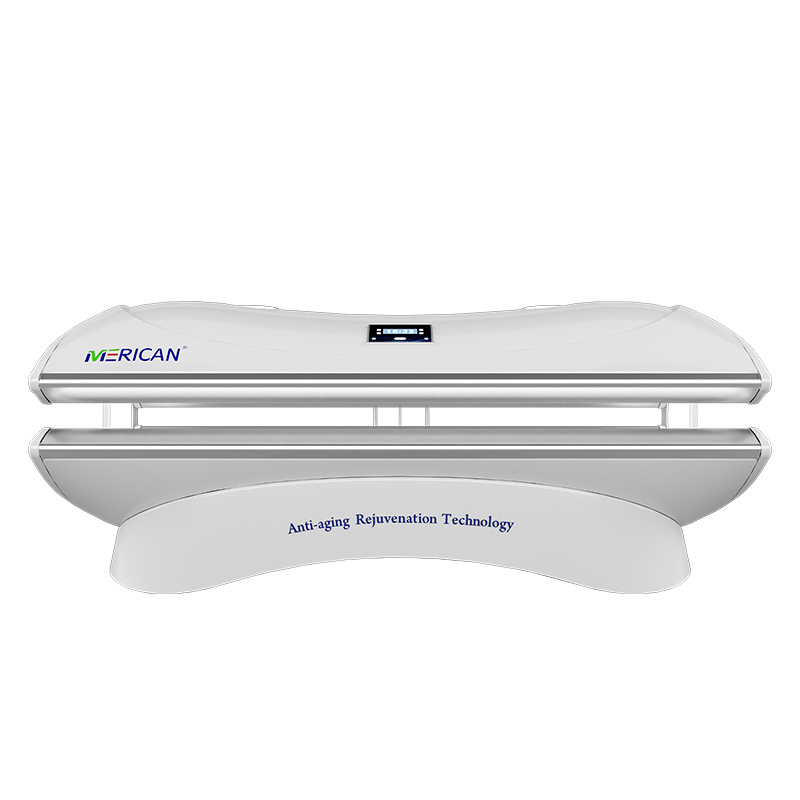당신의 눈에는 붉은 빛이 나쁘다?
대부분의 사람들에게, 이것은 아마도 입증되지 않은 상식 일 것입니다, 그리고 어떤 광원을 투영하는 것이 현명하지 않을 것입니다., 그러나 항상 예외가 있습니다. 빨간불 치료 is a safe, 자연스러운, 다양한 질병과 상태에 대한 효과적인 치료, 포함 – 당신은 그것을 추측했습니다 – your eyes. Unlike other sources of intense light, such as the sun, red light specifically promotes normal function without any negative side effects. 사실은, studies have shown that red light can protect vision and even help reverse age-related eye diseases, such as macular degeneration and glaucoma, as well as eye damage.
But that doesn’t mean you should stare at a bright red light for long periods of time. While this won’t cause permanent damage, it may cause irritation. 게다가, you don’t even need to open your eyes to enjoy the benefits of red light for vision loss.
Are Red Lights Bad For Your Eyes?
빨간불 치료 (RLT) and tanning beds both involve exposure to different types of light, but they have vastly different effects on the body and specifically the eyes.
Red light therapy uses low levels of red or infrared light, which are types of energy that the body can feel as heat but the eyes cannot see. This type of light has been shown to have potential benefits for skin, 근육 조직, and other parts of the body, including the eyes. Studies have suggested that RLT may be beneficial for the central nervous system and retina, and may even help improve color and contrast vision in some people. 반면에, tanning beds emit UVA rays, which are a type of ultraviolet radiation that can damage the eyes. The internal and external structures of the eyes are sensitive to UV exposure and require proper protection, such as specialty safety goggles. Exposure to UVA radiation from tanning beds can lead to eye-related diseases such as cataracts, snow blindness, and even certain types of eye cancer.
In summary, red light therapy is a safe and potentially beneficial treatment for the eyes and other parts of the body, while tanning beds pose a significant risk of eye damage and other health problems. It is important to be aware of the differences between these two types of light exposure and to make informed decisions about which treatments are right for you.
Can I Open My Eyes During Red Light Therapy?
It is crucial to keep your eyes closed during treatment sessions to enjoy the benefits of red light therapy for your eyes while minimizing risks. 추가적으로, it is highly recommended that you consult with an ophthalmologist to ensure that the therapy is appropriate for your eye condition and to receive guidance on the proper protocols. While red light therapy can be a valuable tool for eye health, it should be approached with care and under the supervision of a qualified professional.
Can LED Lights Damage Your Eyes?
예, it is true that exposure to certain types of light, including ultraviolet (UVA and UVB) 빛, can damage the eyes. 하지만, when it comes to red light therapy (RLT), the research suggests that it is generally safe for the eyes as long as certain precautions are taken. As you mentioned, red light therapy does not emit UV radiation, which is the type of light that is most damaging to the eyes. 대신에, RLT uses low levels of red or infrared light, which are types of energy that the body can feel as heat but the eyes cannot see.
Although red light therapy is generally considered safe for the eyes, it is important to take precautions to avoid excessive exposure. Most research on the ocular use of RLT has involved short durations of exposure, such as two minutes daily or every other day. It is also important to have RLT administered by a qualified healthcare professional, as they can ensure that the treatment is being administered safely and effectively.
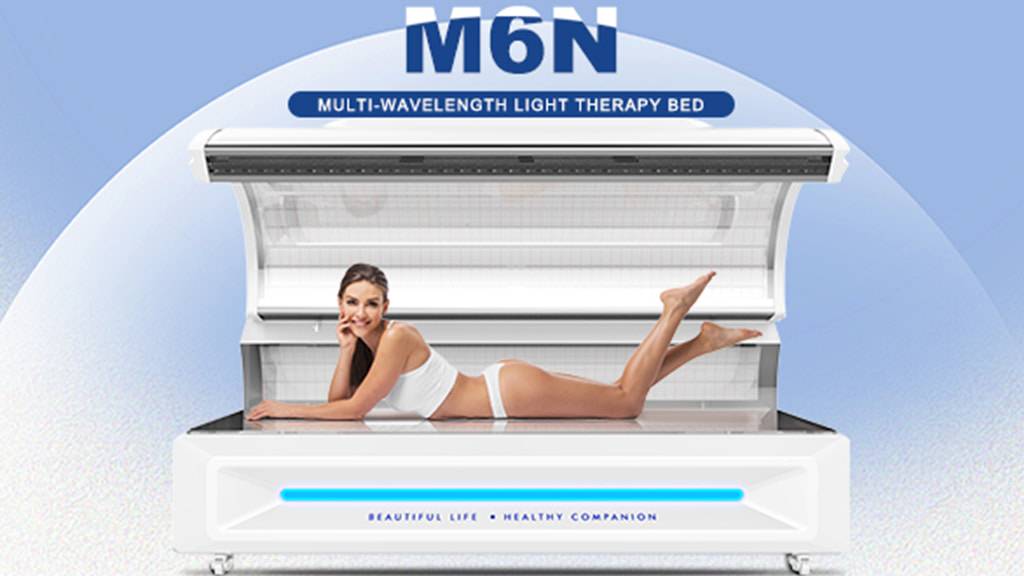
Natural sunlight appears to be colorless, but it is actually a virtual rainbow of colors: 빨간색, orange, yellow, 녹색, 파란색, and violet. These colors combine to form a visible spectrum of light, or “white light,” which is measured in units called wavelengths. There are also invisible wavelengths of light: ultraviolet and infrared light.
The human body is powerfully affected by light. 예를 들어, the blue wavelengths of natural sunlight (the wavelengths that make the sky look blue) influence the hypothalamus, which is a small region of the brain that plays a major role in hormone production. One essential function of the hypothalamus is regulating the sleep-wake cycle—and its ability to do that is adversely affected in the digital age. Red Light Therapy Eye Protection
Scientists also believe that excessive exposure to screens could contribute to macular degeneration, an age-related eye disease caused by damage to the light-sensitive cells in the retina. Before the digital age, people only received natural levels of any color light. Today, 하지만, with the pervasive use of electronic gadgets, people spend hours staring at a screen, and exposure has risen dramatically. This has led to an increase in vision problems, including macular degeneration. That’s why the display screens of electronic devices such as computers, laptops, TVs, tablets, and smartphones can affect your body’s function. During the daytime, blue light from excessive screen use can increase alertness and cognitive functioning, and boost mood. But at night, it can be disruptive, interrupting sleep patterns and causing insomnia.
Red light is known for its beneficial properties for the body, including the eyes. 빨간불 (630-660nm) 그리고 근적외선 (근적외선) (810-850nm) are considered the most therapeutic wavelengths with wide-reaching applications. Light treatment uses light-light emitting diode (주도의) devices that shine red or NIR light into the eye: a painless and safe way to administer red light. Red light is absorbed in the outermost areas of the body which makes it ideal for treating eye conditions and skin surface conditions such as chronic skin disorders and hair loss. It can still penetrate the eyelids, which are relatively thin but won’t go through large masses of bone or muscle.
반면에, NIR has a deeper absorption rate. It stimulates stem cell production, 염증을 줄입니다, and promotes healing from stroke, 상처, and diseases. 함께, these two types of light work together to stimulate every part of your eyes, even if they’re closed.
Like blue light, red and NIR light also absorb into the retina, but with no known adverse effects. Red and NIR photons stimulate the mitochondria (energy centers in cells) to produce more adenosine triphosphate (ATP), or cellular energy. The more energy your cells have, the better they function, repair themselves and regenerate. Another beneficial effect of red light therapy is its ability to reduce inflammation, including eye inflammation. This can occur after eye injury, or even complications brought on by chronic stress, and it can destroy eye tissue. When eye tissue is damaged or destroyed, it can lead to vision deterioration or even blindness.
In summary, while it is possible for any type of light to cause damage to the eyes if exposed to excessive amounts, the research suggests that red light therapy is generally safe for the eyes as long as proper precautions are taken.

